Gluten-Free Flatbread
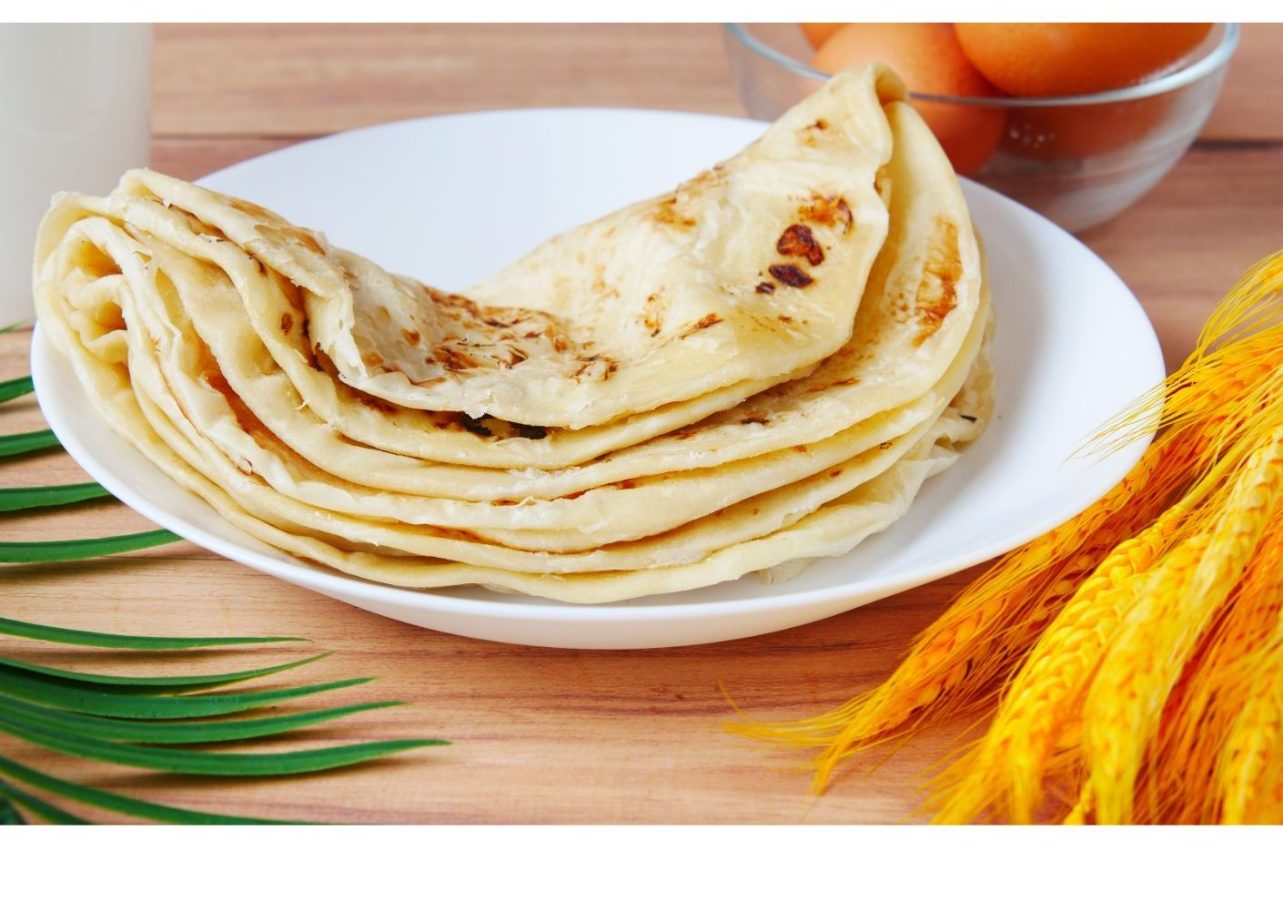
Gluten free bread has improved right? But for so long, if you enjoy bread and you were gluten free, it’s been a sad situation. Lately, we’ve made a progress and that’s because of the people who provide their efforts into creating gluten-free versions of our favourite breads. From artisan gluten-free breads to delicious pastries and even pizza, the options available today are vast and satisfying.
Recently, I too have joined the gluten-free family, so making GF options has become really important. Transitioning to a gluten-free lifestyle can be challenging at first, but it’s also an opportunity to explore new ingredients and cooking techniques. And you know what’s the best too? Gluten-free community has really expanded, there are so many blogs, cookbooks, and social media groups now that focus on sharing tips, recipes, and it is accessible for anyone needing to avoid gluten. It’s a big help and a great opportunity to those people who are choosing a healthy lifestyle.
Gluten-Free Flatbread
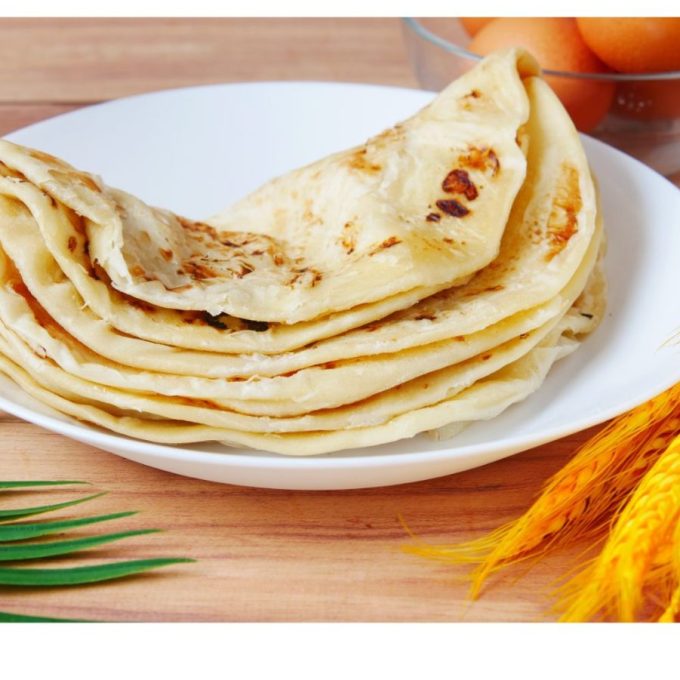
Ingredients
- 1 cup gluten-free flour
- 1 cup tapioca flour
- 1/2 cup yogurt (add 1 tablespoon)
- 3 tablespoons water
- 1/2 teaspoon salt
- 1 bunch coriander (finely chopped)
- 3 tablespoons olive oil
- 1 cloved garlic (crushed)
- pinch salt
Flatbreads
Coriander baste
Method
- Mix all ingredients for the dough in a bowl.
- Bring it together to form a ball of dough. If a bit sticky add some more flour. Each yogurt brand is a little different, some more liquidly than others
- Pinch off a small ball (about half size of your palm) and press between your fingers to form a circle.
- Dust with flour and roll between 2 sheets of baking paper.
- Dry cook on a skillet on high heat for about 1 minute on each side. Do not flip over until the side is cooked. Ideally, flip the flatbread only once.
- As you cook it brush one side of the bread with the coriander baste. When you flip over the flatbread to cook the other side brush with coriander baste as well.
Coriander baste:
- Place all ingredients in a bowl and mix well. Set aside and use to baste flatbreads when you cook them.
Recipe Notes
Equipment you need:
- Bowl
- Baking paper
- Rolling pin
- Skillet to cook breads
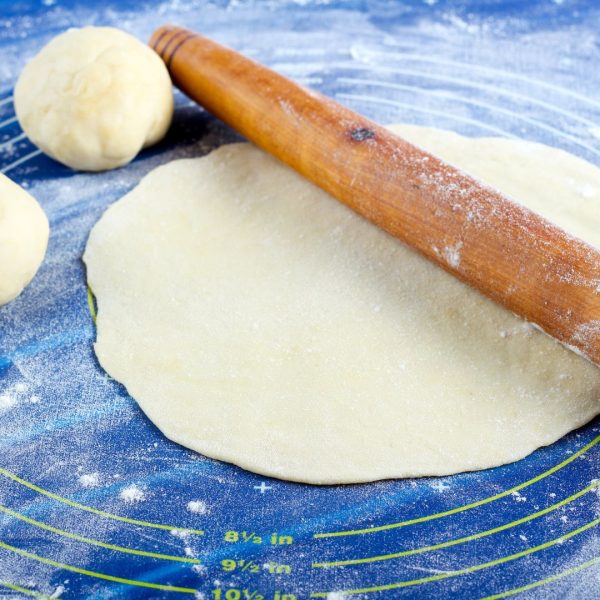
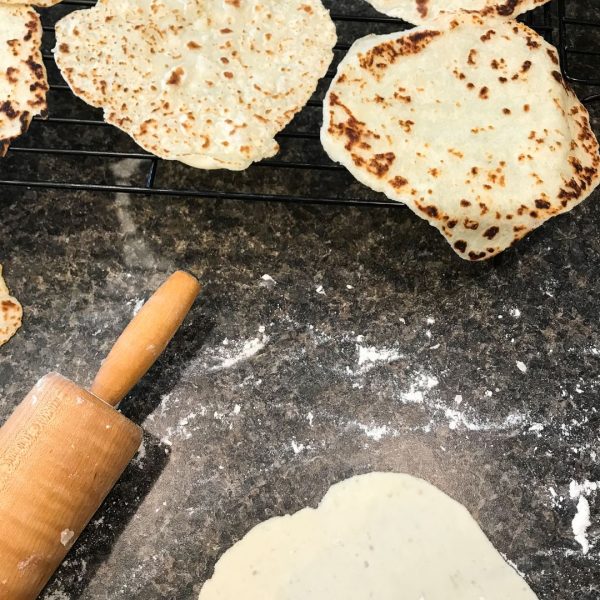
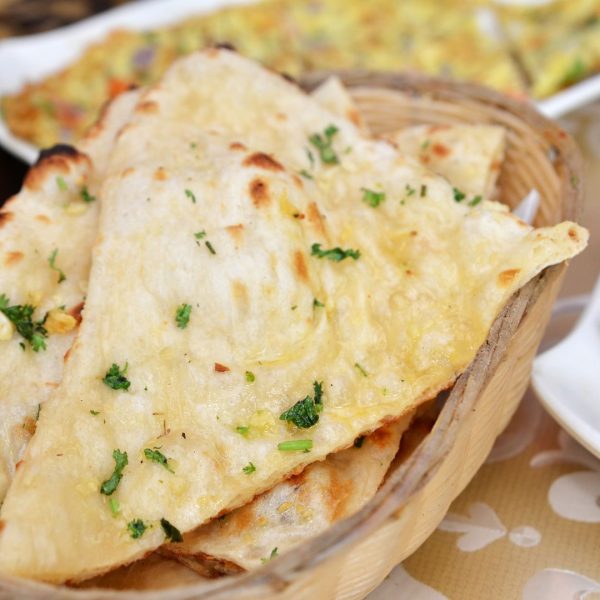
I’ve always loved homemade flatbreads, and marrying into an Indian family meant that some sort of flatbread was always served at each meal. Flatbreads are a staple in many cultures, and in Indian cuisine, they’re often an essential part of every meal. Whether it’s roti, naan, or paratha, these breads are used to scoop up curries, wrap around grilled vegies, or simply enjoyed with a bit of butter or ghee. The textures and flavours of these breads are so comforting, and they play a significant role in the dining experience.
This gluten-free version is so great. Creating a gluten-free flatbread that mimics the texture and taste of traditional wheat-based bread can be tricky, but it’s absolutely possible with the right ingredients and techniques. Gluten-free flours tend to behave differently than wheat flour, often resulting in doughs that are more delicate and challenging to work with. However, with a bit of practice and experimentation, you can achieve fantastic results that will have everyone at the table reaching for seconds.
To help bind it all together, I find using yogurt is helpful instead of water. Yogurt adds moisture and a slight tang to the dough, which not only helps with the texture but also enhances the flavour. The natural acidity in yogurt can also help in the fermentation process, leading to a more pliable and stretchy dough. It’s a small addition, but it makes a big difference in the final product, especially when it comes to achieving that soft, chewy consistency that’s so characteristic of good flatbread.
Adding tapioca flour to a gluten-free flour mix has been a game changer for me. Tapioca flour, derived from the cassava root, is a starch that helps mimic the elasticity that gluten typically provides. It gives the dough a bit of stretch and chewiness, which are often missing in gluten-free baked goods. Tapioca flour also helps create a golden, crispy exterior while keeping the inside soft and tender. It’s a versatile ingredient that’s become a staple in my gluten-free baking pantry. The process of making gluten-free flatbread isn’t complicated, but it does require a bit of patience and attention to detail.
These gluten-free flatbreads are very versatile. You can brush them with melted butter or ghee, sprinkle them with herbs or spices, or even stuff them with your favourite fillings before cooking. They pair with just about any dish, from stews and curries to simple dips and spreads. I’ve even used them as a base for gluten-free pizzas, topping them with sauce, cheese, and vegetables before baking them until the cheese is bubbly and golden.
One of the things I love most about these flatbreads is how they bring people together. Whether you’re sharing a meal with family or hosting a dinner party, these breads are always a hit. They’re a reminder that even with dietary restrictions, food can still be joyful and inclusive. I encourage you to experiment with different gluten-free flours and flavourings, making the recipe your own.
So, if you’re new to gluten-free baking or simply looking for a delicious and easy flatbread recipe, I hope you give this one a try. It’s a reminder that with a little creativity and the right ingredients, you can enjoy all your favourite foods, even on a gluten-free diet. Happy baking!
Frequently Asked Questions
Can I use a different type of gluten-free flour in this recipe?
Yes, you can experiment with different gluten-free flours. However, keep in mind that the texture may vary depending on the flour you use. A blend of rice flour, tapioca flour, and potato starch generally works well. You might need to adjust the yogurt quantity if you switch flours, so start with a smaller amount and add more as needed to get the right dough consistency.
Can I make this flatbread dairy-free as well?
Absolutely! You can replace the yogurt with a dairy-free yogurt, such as coconut or soy yogurt. The texture may be slightly different, but it should still work well to bind the dough and add moisture. You might also want to add a bit more tapioca flour if the dough feels too sticky.
How should I store these gluten-free flatbreads?
Store any leftover flatbreads in an airtight container at room temperature for up to two days. For longer storage, you can freeze the flatbreads in a single layer on a baking sheet and then transfer them to a zip-top bag. They can be reheated in a skillet or microwave when you're ready to eat them.
Can I add herbs or spices to the dough for extra flavour?
Yes! Adding herbs like rosemary, thyme, or cilantro can give the flatbreads extra flavour. Spices like cumin, garlic powder, or smoked paprika also work well. Mix your chosen herbs or spices into the dough before rolling it out, and you'll have a flavourful twist on the classic flatbread.
Is it possible to make these flatbreads ahead of time?
Yes, you can make the dough ahead of time and refrigerate it for up to 24 hours before cooking. Just be sure to bring the dough back to room temperature before rolling it out. Alternatively, you can cook the flatbreads in advance and reheat them in a skillet or oven when you're ready to serve.
What other toppings can I use to serve with these flatbreads?
These flatbreads are versatile and can be paired with a variety of toppings. You can spread them with hummus, top them with roasted vegetables, or even use them as a wrap for veggies.
What is the texture of these gluten-free flatbreads like compared to traditional flatbreads?
While gluten-free flatbreads may not have the exact same chewiness as traditional wheat-based flatbreads, they are still soft, pliable, and delicious. The yogurt and tapioca flour help give them a tender texture, with a slightly crispy exterior if cooked in a hot skillet. They won’t stretch out as easily as gluten flour hence the need to roll them out between two sheets of baking paper.
Can I make the flatbreads without any added fat?
If you're avoiding added fats, you can skip the oil or butter in the recipe. The flatbreads will still turn out well, though they may not be as rich in flavour. You can also experiment with using applesauce or mashed avocado as a fat substitute, though this may slightly alter the taste and texture.

